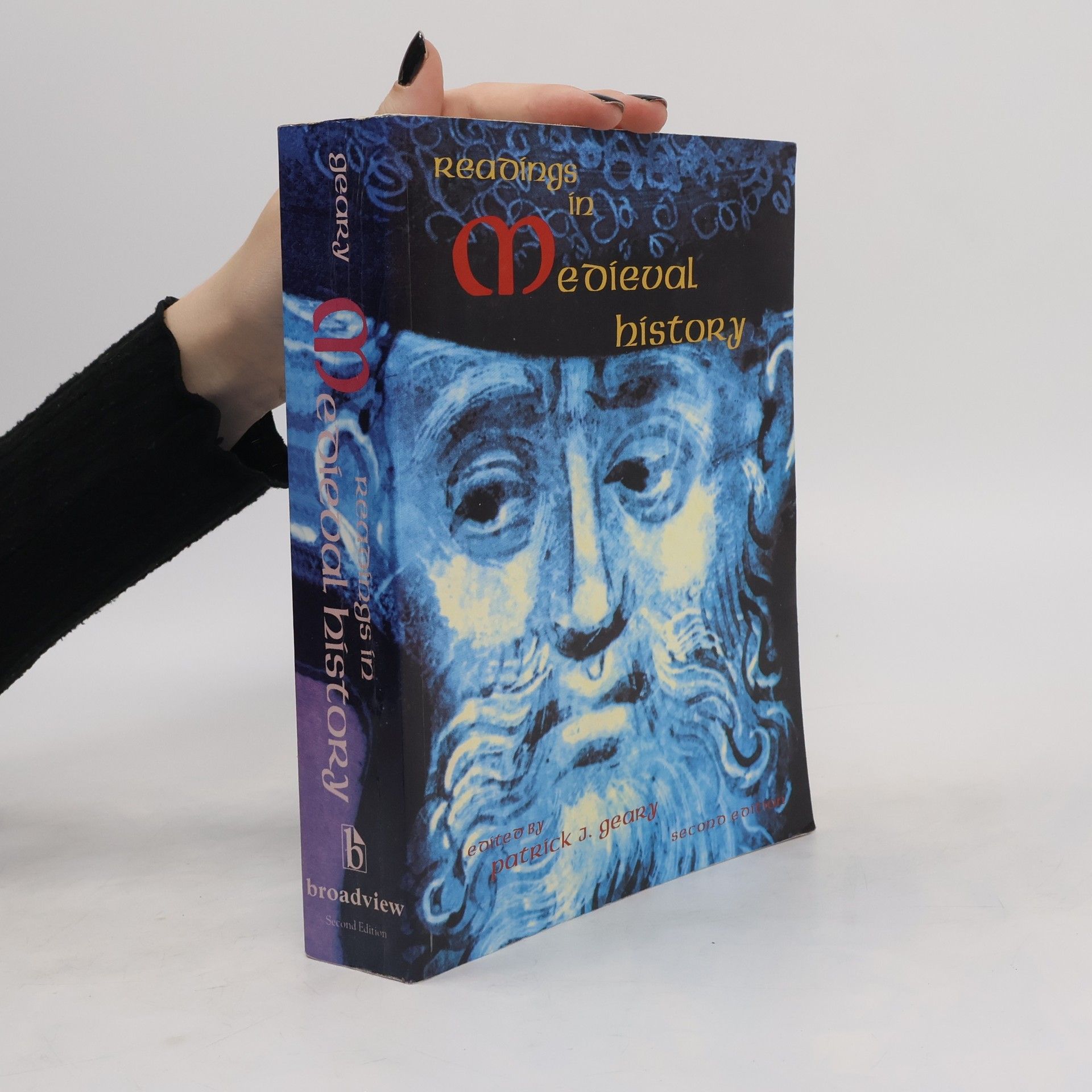Encyklopedie středověku
- 935 pages
- 33 hours of reading
Tento výkladový slovník je rozsahem i pojetím ojedinělým pokusem představit epochu středověku v celé její šíři a plasticitě. Každé z více než osmi desítek hesel je samostatným esejem.
Patrick J. Geary is an American historian specializing in the Western Middle Ages. He holds a professorship at the prestigious Institute for Advanced Study in Princeton, New Jersey, where he contributes to the field of medieval history.






Tento výkladový slovník je rozsahem i pojetím ojedinělým pokusem představit epochu středověku v celé její šíři a plasticitě. Každé z více než osmi desítek hesel je samostatným esejem.
During the years 1918 and 1919, six people in New Orleans were killed and six more injured, in their homes, in the dead of night, by an axe-wielding intruder who got away without a trace. After more than a year, the killings stopped as suddenly as they started. No trace of the murderer was ever found. Geary presents the facts and the speculations about these attacks in the third in his series on twentieth-century murder.
"The first omnibus volume from Geary's increasingly storied 'Treasuries of Murder'"--Back cover.
Offers an analysis, which contrasts the myths with the actual history of Europe's transformation between the fourth and ninth centuries - the period of grand migrations that nationalists hold dear. schovat popis
Die romantische politische Philosophie des 19. Jahrhunderts versuchte, nationale Souveränitätsansprüche möglichst tief in der Geschichte zu verankern. Tatsächlich sind die Völker Europas nicht sonderlich alt: Sie sind vielmehr das Ergebnis ausgedehnter Durchmischungsprozesse, die heute keine historischen Machtansprüche legitimieren können.
"The addition of material on Christians, Jews, and Moors in medieval Spain makes the third edition of this excellent reader even better." - Julia M. H. Smith, University of St. Andrews
Frühmittelalter - Siedlung - Bevölkerungsgeschichte - Historischer Überblick.